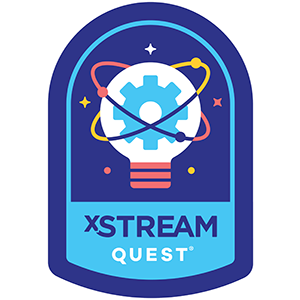Healthy, balanced meals are important - but are you providing the means for a balanced body? The development of a balanced body in today's technology-focused society also includes the development of fine and gross motor skills in a developmentally appropriate way.

It is not uncommon to see a toddler wielding their pointer finger like a pro while entertaining themselves on their parent's phone or tablet. This is not the type of fine motor skill development that I am referring to. In fact, current research is showing that due to the absorbency levels of a toddler's brain and their small body size, screen exposure is causing health risks to the protective sheath that surrounds the brain's neurons. In November 2017, ABC Radio in Melbourne discovered that teachers are reporting a deficit in pencil grasp development due to the increase of tablet use in children.
It is not uncommon to see a toddler wielding their pointer finger like a pro while entertaining themselves on their parent's phone or tablet. This is not the type of fine motor skill development that I am referring to. In fact, current research is showing that due to the absorbency levels of a toddler's brain and their small body size, screen exposure is causing health risks to the protective sheath that surrounds the brain's neurons. In November 2017, ABC Radio in Melbourne discovered that teachers are reporting a deficit in pencil grasp development due to the increase of tablet use in children.

You might not think about it this way, but those fundamental skills (like cutting a straight line) are setting the foundation for a future surgeon or tailor. Proper pencil grasp is necessary for our future architects and fashion designers. We need technicians with finger and hand dexterity that can do more than point on a screen. Children with limited fine motor skills have difficulty doing day-to-day activities that require dexterity and variable movement. You can have a young child develop a balanced body by withholding touchscreen time until a child is over two years of age. Provide blocks, crayons, markers, large lacing beads, age-appropriate scissors, paint brushes and other items that engage multiple hand parts to use. Even after two years of age, touchscreen devices should be limited in favor of hands-on, mentally engaging activities. Children learn much more from playing with actual blocks instead of scooting them around on a screen.
Make sure that you also provide time for children to develop gross motor skills. These are the "big muscle" activities such as kicking a ball, running, balancing and throwing an object. Gross motor skill activities are natural to young children. The key is to get up and move with them - they will want to follow you and will naturally engage in practically any activity that involves moving with an adult. And it's healthy for you, too! Try taking a walk in your neighborhood with intermittent races or balancing contests.
The last item in helping children develop balanced bodies is to make sure that they are eating balanced meals. Yes, this includes eating veggies. Make sure you lead by example by eating from all food groups. Try to eat "a rainbow" every day by choosing foods that are rich in diverse colors. No, white is not a color in the rainbow, so stay away from sugar, potatoes, white bread, pasta and white rice.
At Children's Lighthouse, we have designed our lesson plans and menus around building balanced bodies. Screen time is limited while fine and gross motor skill development is embedded into our curriculum activities. We have also designed healthy menu options for our schools that are full of foods rich in color and low in things like sugar and trans fats. Come by for a tour and hear about the nutritional options we offer.
Take on a "body building" challenge. Choose to do one thing every day with your child to help develop fine motor skills, gross motors skills and expand their taste palate. Eliminate screen time, get moving, and eat a rainbow!
Make sure that you also provide time for children to develop gross motor skills. These are the "big muscle" activities such as kicking a ball, running, balancing and throwing an object. Gross motor skill activities are natural to young children. The key is to get up and move with them - they will want to follow you and will naturally engage in practically any activity that involves moving with an adult. And it's healthy for you, too! Try taking a walk in your neighborhood with intermittent races or balancing contests.
The last item in helping children develop balanced bodies is to make sure that they are eating balanced meals. Yes, this includes eating veggies. Make sure you lead by example by eating from all food groups. Try to eat "a rainbow" every day by choosing foods that are rich in diverse colors. No, white is not a color in the rainbow, so stay away from sugar, potatoes, white bread, pasta and white rice.
At Children's Lighthouse, we have designed our lesson plans and menus around building balanced bodies. Screen time is limited while fine and gross motor skill development is embedded into our curriculum activities. We have also designed healthy menu options for our schools that are full of foods rich in color and low in things like sugar and trans fats. Come by for a tour and hear about the nutritional options we offer.
Take on a "body building" challenge. Choose to do one thing every day with your child to help develop fine motor skills, gross motors skills and expand their taste palate. Eliminate screen time, get moving, and eat a rainbow!


